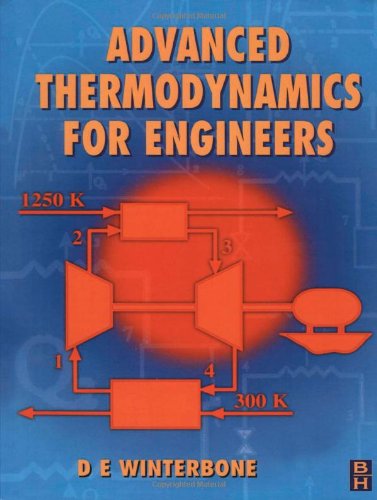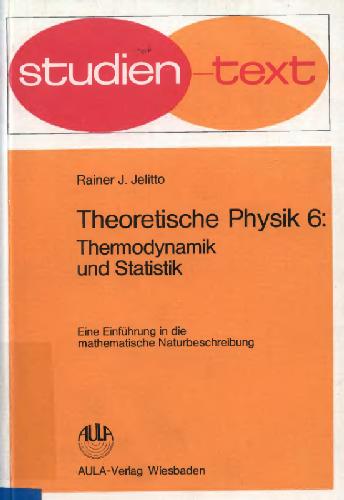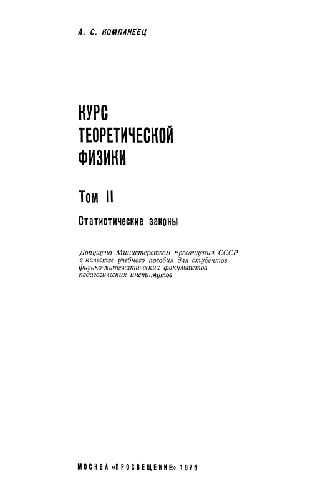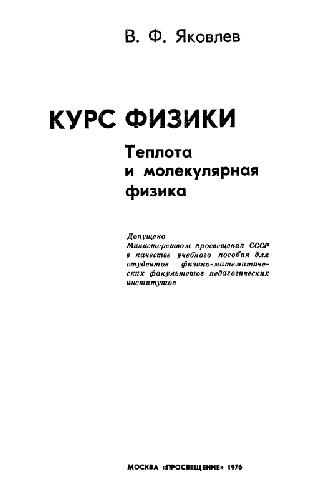D. Winterbone FEng BSc PhD DSc FIMechE MSAE0-340-67699-X, 9780340676998
Table of contents :
Front Matter……Page 1
Bibliography……Page 0
Preface……Page 3
Table of Contents……Page 7
1. State of Equilibrium……Page 11
1.1 Equilibrium of a Thermodynamic System……Page 12
1.2 Helmholtz Energy (Helmholtz Function)……Page 15
1.4 The Use and Significance of the Helmholtz and Gibbs Energies……Page 16
1.5 Concluding Remarks……Page 19
Problems……Page 20
2.1 Displacement Work……Page 23
2.2 Availability……Page 24
2.3 Examples……Page 25
2.5 Irreversibility……Page 31
2.6 Graphical Representation of Available Energy, and Irreversibility……Page 35
2.7 Availability Balance for a Closed System……Page 37
2.8 Availability Balance for an Open System……Page 44
2.9 Energy……Page 46
2.10 The Variation of Flow Exergy for a Perfect Gas……Page 52
Problems……Page 53
3 Pinch Technology……Page 57
3.1 A Heat Transfer Network Without a Pinch Problem……Page 59
3.2 A Heat Transfer Network With a Pinch Point……Page 66
3.3 Concluding Remarks……Page 70
Problems……Page 71
4.1 The Influence of Fuel Properties on Thermal Efficiency……Page 74
4.2 Rational Efficiency……Page 75
4.3 Rankine Cycle……Page 79
4.4 Examples……Page 81
Problems……Page 92
5.1 Efficiency of an Internally Reversible Heat Engine when Producing Maximum Power Output……Page 95
5.2 Efficiency of Combined Cycle Internally Reversible Heat Engines when Producing Maximum Power Output……Page 102
Problems……Page 106
6.1 The Maxwell Relationships……Page 110
6.2 Uses of the Thermodynamic Relationships……Page 114
6.3 Tds Relationships……Page 118
6.4 Relationships Between Specific Heat Capacities……Page 121
6.5 The Clausius-Clapeyron Equation……Page 125
Problems……Page 128
7.1 Ideal Gas Law……Page 131
7.2 Van der Waals’ Equation of State……Page 133
7.3 Law of Corresponding States……Page 135
7.4 Isotherms or Isobars in the Two-Phase Region……Page 139
7.5 Concluding Remarks……Page 141
Problems……Page 142
8.1 Liquefaction by Cooling Method (i)……Page 145
8.2 Liquefaction by Expansion Method (ii)……Page 150
8.3 The Joule-Thomson Effect……Page 151
8.4 Linde Liquefaction Plant……Page 158
8.5 Inversion Point on p-v-T Surface for Water……Page 160
Problems……Page 165
9.1 Molecular Weights……Page 168
9.2 State Equation for Ideal Gases……Page 169
9.3 Tables of u(T) and h(T) Against T……Page 174
9.4 Mixtures of Ideal Gases……Page 182
9.5 Entropy of Mixtures……Page 185
Problems……Page 188
10. Thermodynamics of Combustion……Page 192
10.1 Simple Chemistry……Page 194
10.2 Combustion of Simple Hydrocarbon Fuels……Page 195
10.3 Heats of Formation and Heats of Reaction……Page 197
10.4 Application of the Energy Equation to the Combustion Process a Macroscopic Approach……Page 198
10.5 Combustion Processes……Page 202
10.6 Examples……Page 205
Problems……Page 215
11.1 Bond Energies and Heats of Formation……Page 218
11.2 Energy of Formation……Page 220
11.4 Concluding Remarks……Page 226
12.1 Gibbs Energy……Page 228
12.2 Chemical Potential, ……Page 230
12.3 Stoichiometry……Page 231
12.4 Dissociation……Page 232
12.5 Calculation of Chemical Equilibrium and the Law of Mass Action……Page 235
12.6 Variation of Gibbs Energy with Composition……Page 239
12.7 Examples of the Significance of Kp……Page 241
12.8 The Van’t Hoff Relationship Between Equilibrium Constant and Heat of Reaction……Page 248
12.9 The Effect of Pressure and Temperature on Degree of Dissociation……Page 249
12.10 Dissociation Calculations for the Evaluation of Nitric Oxide……Page 252
12.11 Dissociation Problems With Two, or More, Degrees of Dissociation……Page 255
Problems……Page 269
13. The Effect of Dissociation on Combustion Parameters……Page 275
13.2 The Basic Reactions……Page 277
13.4 The Effect of Dissociation on Peak Temperature……Page 278
13.5 The Effect of Dissociation on the Composition of the Products……Page 279
13.6 The Effect of Fuel on Composition of the Products……Page 282
13.7 The Formation of Oxides of Nitrogen……Page 283
14.2 Reaction Rates……Page 286
14.3 Rate Constant for Reaction, k……Page 289
14.4 Chemical Kinetics of NO……Page 290
14.5 The Effect of Pollutants formed through Chemical Kinetics……Page 296
14.6 Other Methods of Producing Power from Hydrocarbon Fuels……Page 298
Problems……Page 299
15.1 Introduction……Page 301
15.2 Thermodynamics of Combustion……Page 302
15.3 Explosion Limits……Page 304
15.4 Flames……Page 306
15.5 Flammability Limits……Page 313
15.6 Ignition……Page 314
15.7 Diffusion Flames……Page 315
15.8 Engine Combustion Systems……Page 317
Problems……Page 324
16.1 Introduction……Page 326
16.3 Entropy Flow and Entropy Production……Page 327
16.4 Thermodynamic Forces and Thermodynamic Velocities……Page 328
16.5 Onsager’s Reciprocal Relation……Page 329
16.6 The Calculation of Entropy Production or Entropy Flow……Page 331
16.7 Thermoelectricity The Application of Irreversible Thermodynamics to a Thermocouple……Page 332
16.8 Diffusion and Heat Transfer……Page 342
Problems……Page 352
17. Fuel Cells……Page 355
17.1 Electric Cells……Page 356
17.2 Fuel Cells……Page 361
17.3 Efficiency of a Fuel Cell……Page 368
17.4 Thermodynamics of Cells Working in Steady State……Page 369
Problems……Page 371
Index (Including Index of Tables of Properties)……Page 373







Reviews
There are no reviews yet.